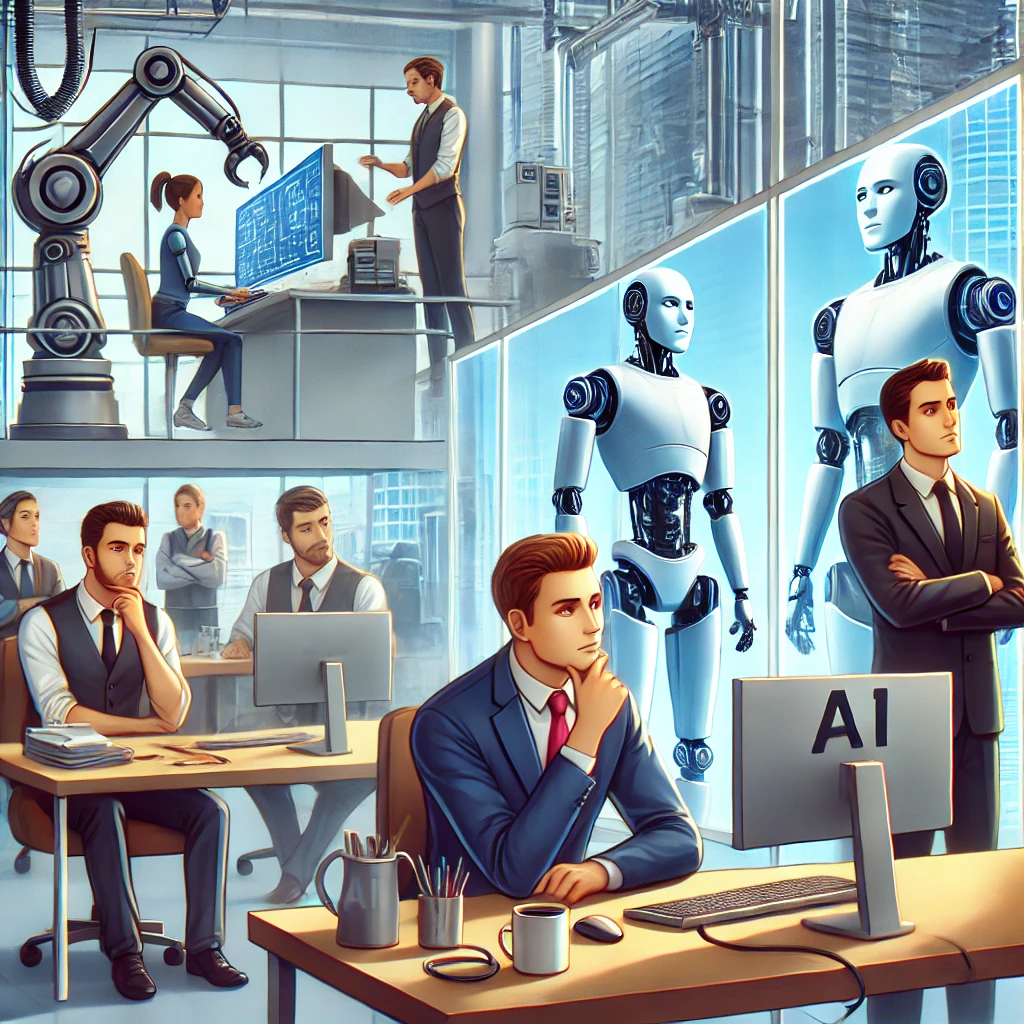
Artificial intelligence is rapidly changing industries, automating tasks, and transforming the job market. While AI brings efficiency and innovation, it also poses a serious threat to jobs that rely on repetitive or predictable tasks. By 2030, several careers will either shrink significantly or vanish entirely. Here’s a look at ten professions most at risk due to AI and automation.
1. Data Entry Clerks Data entry has long been an essential task for businesses, but AI-powered optical character recognition (OCR) and natural language processing (NLP) have made these jobs obsolete. Automated systems can now extract, categorize, and analyze data with greater accuracy and speed than humans.
2. Telemarketers Robocalls and AI-driven chatbots have already taken over much of the telemarketing industry. AI can personalize sales pitches, respond to objections, and interact with thousands of customers simultaneously, making human telemarketers unnecessary.
3. Retail Cashiers Self-checkout kiosks and AI-powered stores, such as Amazon Go, are eliminating the need for cashiers. With advancements in computer vision and machine learning, AI can track purchases, process payments, and even detect shoplifting, reducing reliance on human workers.
4. Bank Tellers The rise of digital banking and AI-driven financial services is making traditional bank teller roles redundant. AI chatbots handle customer inquiries, process transactions, and offer financial advice without human intervention.
5. Travel Agents Consumers now prefer AI-powered travel platforms that offer instant bookings, customized recommendations, and real-time pricing. Personalized trip planning powered by machine learning makes human travel agents less necessary.
6. Factory and Warehouse Workers Manufacturing and logistics are shifting toward AI-driven automation. Robotics and machine learning optimize supply chains, reducing the need for manual labor in warehouses and production lines. Companies like Amazon and Tesla already use AI-powered robots to handle logistics and assembly tasks.
7. Fast Food Workers AI-driven kiosks, automated cooking robots, and smart food delivery systems are revolutionizing the fast food industry. Chains like McDonald’s and White Castle are experimenting with AI-powered drive-thrus and robotic kitchen assistants to cut labor costs.
8. Customer Service Representatives AI chatbots and virtual assistants handle millions of customer interactions daily. These systems understand natural language, resolve issues, and escalate complex inquiries, significantly reducing the need for human customer service agents.
9. Paralegals and Legal Assistants Legal AI tools can scan contracts, conduct legal research, and draft documents faster and more accurately than human paralegals. AI-driven legal technology is streamlining case preparation and reducing the demand for entry-level legal positions.
10. Newspaper and Media Reporters AI-generated content is becoming increasingly sophisticated. Algorithms can write financial reports, summarize sports events, and even generate news articles in real time. While investigative journalism may still require human insight, many routine reporting tasks are being automated.
The Future of Work in an AI-Driven World
While AI will displace certain jobs, it will also create new opportunities. The key to staying relevant in the workforce is adaptability. Roles that require creativity, emotional intelligence, and complex problem-solving will continue to be valuable. Instead of resisting AI, workers should focus on acquiring skills that complement automation, such as AI programming, digital marketing, and data analysis.
The impact of AI on the job market is inevitable. While some careers will disappear by 2030, others will evolve. Embracing change and focusing on developing in-demand skills will be crucial for professionals navigating this shift. Those who invest in continuous learning and adaptability will be best positioned for success in an AI-driven future.
